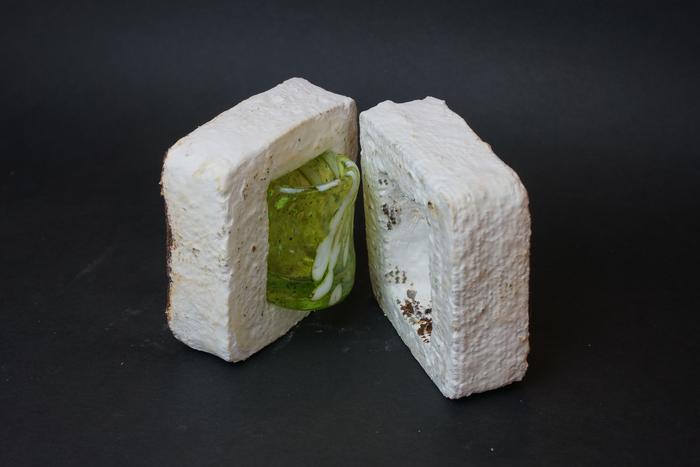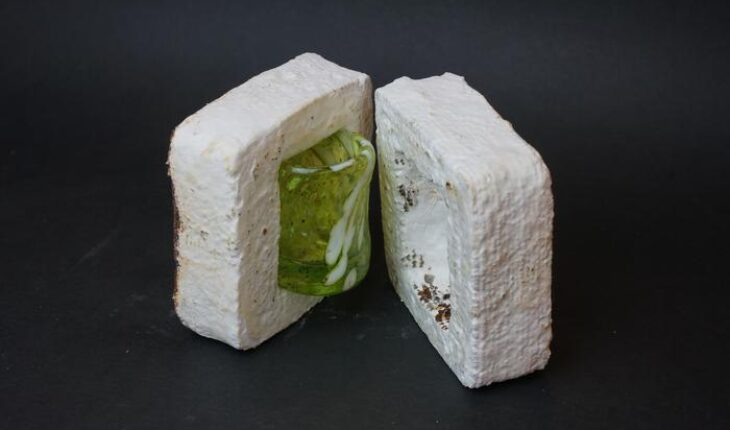
Combination of coffee grounds and Reishi mushroom spoors exhibits comparable properties to Styrofoam.
Engineering is about creating new and useful things but it’s also about finding new uses for old things. That spirit of innovation motivated Danli Luo, a doctoral student at the University of Washington, to find a use for the old coffee grounds from her espresso machine. Luo realized that since coffee is nutrient-rich and sterilized during brewing, it’s an ideal substrate for growing fungus.
Moreover, in the early stages of its development – before it sprout mushrooms – a fungus form a mycelial skin: a white root-like system that can bind substances together to create a lightweight, tough and water-resistant material.
From these insights, Luo and her colleagues developed a new system for creating a 3D printable paste that consists of coffee grounds, Reshi mushroom spores, xanthan gum and water, taking advantage of the university’s Jubilee open-source 3D printer to produce test parts. Using a specially designed print head, the team 3D printed various test objects, including packaging for a small glass, three pieces of a vase, two halves of a Moai statue and a two-piece coffin the size of a butterfly.
The mushroom spores grow on the paste to form the mycelial skin over ten days once the object is printed, with the added benefit of fusing separate components together into more complex geometries in that time.
Once the skin has formed, the researchers dried the test pieces for 24 hours to prevent the formation of actual mushrooms. According to the researchers, the finished material is heavier than Styrofoam — closer to the density of cardboard or charcoal. They also claim that, after an hour in contact with water, it absorbed only 7% more weight in water and dried to close its initial weight while keeping its shape.
The only major drawback is that the paste requires relatively homogeneous used coffee grounds, which presents a problem for scaling the process. However, Luo and her team believe other, more scalable forms of recycled materials could be used to create similar pastes.
“We’re interested in expanding this to other bio-derived materials, such as other forms of food waste,” Luo said. “We want to broadly support this kind of flexible development, not just to provide one solution to this major problem of plastic waste.”
The research is published in the journal 3D Printing and Additive Manufacturing.





